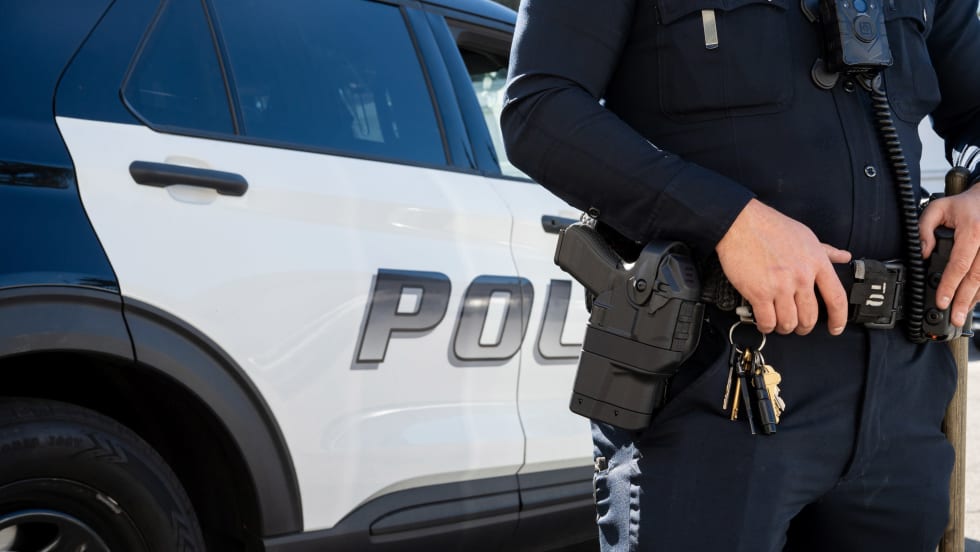As a result of the death of Eric Garner in 2014 during an encounter with police officers, and the scrutiny that ensued, there has been significant controversy over police officers using chokeholds when attempting to detain suspects. After unlawfully selling cigarettes, Garner, an African-American man, died in Staten Island during an attempted arrest by New York City police officers on July 17, 2014. Video footage of the arrest showed the arm of Officer Daniel Pantaleo on Garner's neck prior to the latter's death, which occurred during the scuffle. On December 3 of that same year, a grand jury elected not to indict Pantaleo, and after investigation, the FBI agreed with this decision.
The decision not to indict Pantaleo raised great public outrage and prompted demonstrations across the United States, especially in the African-American community. This put a lot of pressure on legislators to "do something" to remedy what many believed was the murder of an African-American man by a police officer. State and federal legislators began to introduce and enact state and federal laws specific to the use of chokeholds by police officers. Previously, something as specific as a chokehold or neck restraint would be regulated through departmental policy and procedures, and the proper use of these techniques would be supported through rigorous training. However, agencies and officers are now afraid to put an arm around the neck of an active resister or aggressive assailant, and using such a technique is reserved for deadly force situations alone. As a result, it is important to define the term "chokehold" more precisely, in order to comprehend that it is a broad term that refers to a variety of actions. Only then can we define the use, benefits, and dangers of the chokehold.












